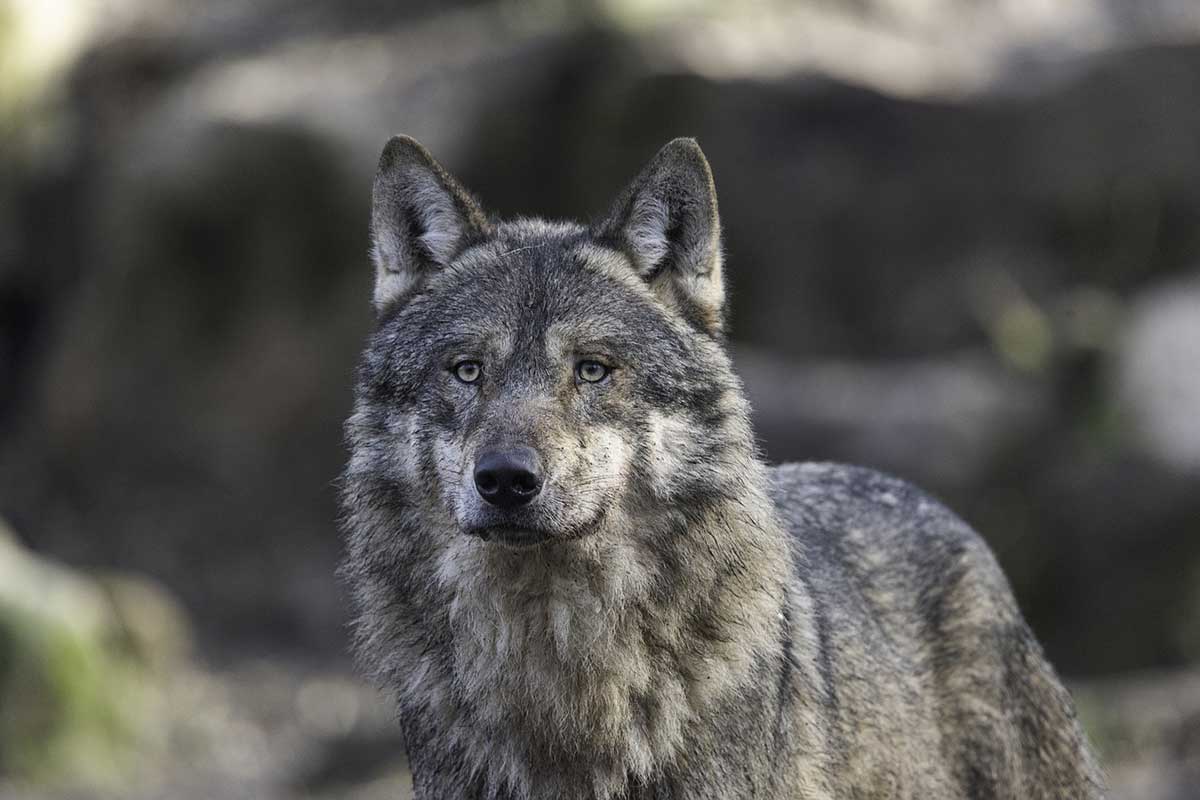Yellowstone is well known for its fierce carnivores that each year over 5 million visitors to the park try to spot. Carnivores hunt, kill, and consume other animals to survive. The word carnivore comes from Latin and translates to “meat-eater”. Typically, carnivores have long, sharp teeth that they use to attack and tear up their prey. Most of the carnivores in Yellowstone National Park you’ve probably heard of and are well known.
Carnivorous animals are also known to have relatively large brains and high levels of intelligence compared to their plant-eating relatives. Yellowstone has seen a comeback in its carnivore population since changing conservation management practices in the 1990s.
Carnivores Found in Yellowstone National Park
Below are some carnivores that you might find during a visit to Yellowstone. Some are easier to find than others.
1. Gray wolf

Scientific name: Canis lupus
Likely to see
The gray wolf is the most iconic animal of Yellowstone today. However, they were only reintroduced to Yellowstone just over 25 years ago after being hunted to extinction in 1926. Now, there are approximately 100 wolves in Yellowstone.
The boom in population has seen some younger wolves start to venture out to explore outside the boundaries of the national park. Unfortunately, this puts the wolves at a higher risk for human-caused moralities. Inside the park, as an apex predator, the greatest threat to a wolf is another wolf. If you are looking to spot some wolves, head to the northern range of Yellowstone.
There are two main colors of wolves’ fur coats and each color is known to have distinct survival advantages. Black-colored wolves are more likely to survive the viral infection, distemper, compared to their gray counterparts. However, gray-colored wolves have a higher reproductive success rate.
The wolves form social packs of about 10 wolves each and work together to take down large prey. In winter, over 90% of their diet is elk and a pack can kill over 20 elk each month to survive. In summer, the wolves eat mostly deer and other small mammals.
There are large cascading effects when you remove a predator from an ecosystem. Since the wolves have made a comeback the elk population has been greatly reduced. Now, much of the vegetation that was overeaten by the elk has recovered.
This has helped increase the populations of other animals such as the beaver that relies on dense willows that were once depleted by the abundant elk. In the 1990s, there was only 1 beaver dam, but last year there were 9 dams found in Yellowstone.
2. Coyote
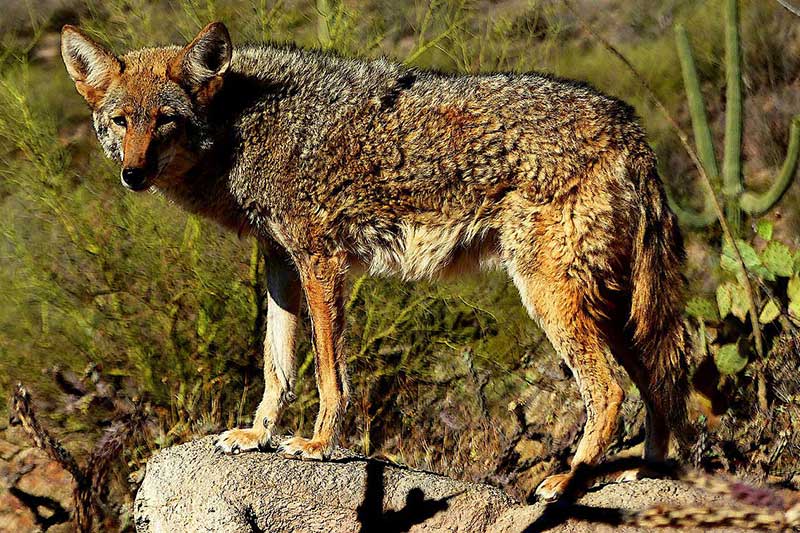
Scientific name: Canis latrans
Easy to see
Coyotes are often mistaken for wolves, but are only one-third the size of their close relatives. Unlike the wolves, coyotes are very adaptable and survived the 20th century extinction effort by humans in Yellowstone and around the US. Native American stories often describe the coyote as a smart and savvy beast.
While they used to live in prairies and deserts, they are now found living in forests and mountains. Some are even found in cities as large as Los Angeles. Today, coyote populations are likely at an all-time high in North America because they have adapted so well to human development compared to other carnivores.
Coyotes are sometimes referred to as “song dogs” as they communicate with each other by producing a variety of long-range vocalizations. If you are traveling around Yellowstone during the early hours of the morning or at dusk, you may hear them howling at each other.
3. Otter
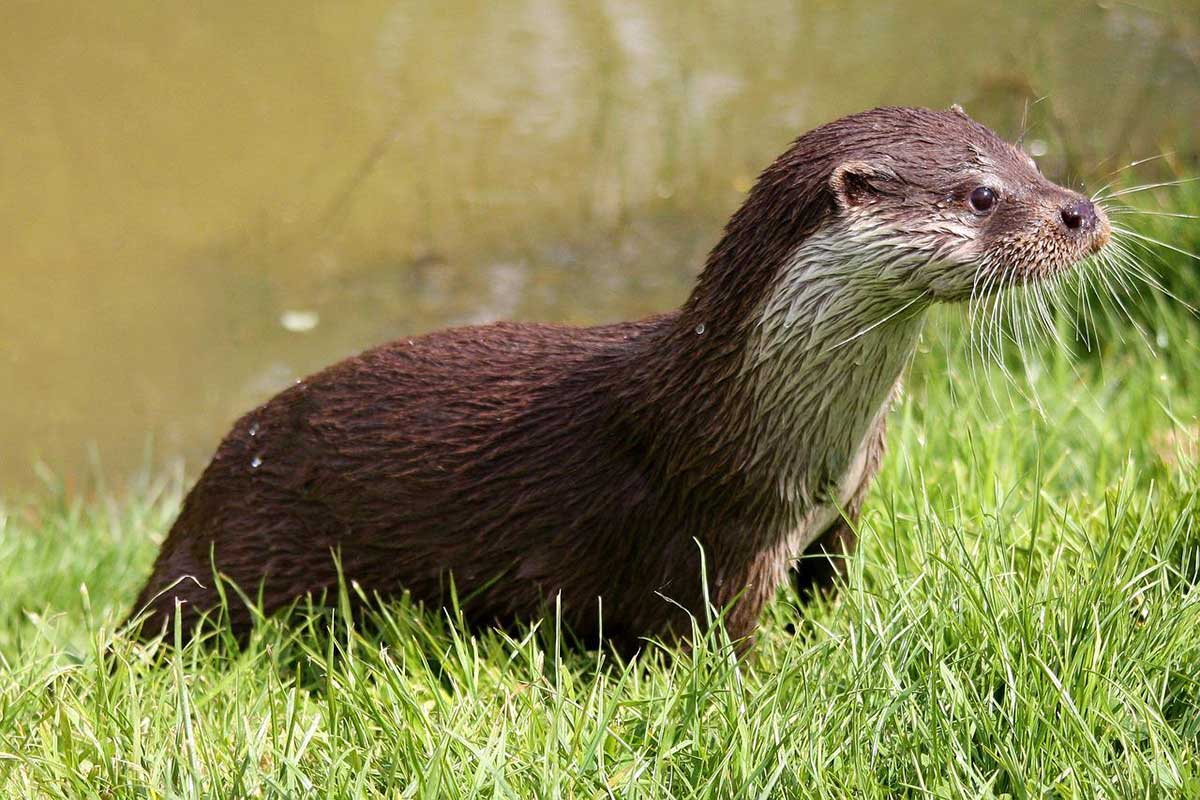
Scientific name: Lontra canadensis
Likely to see
Otters are crepuscular so they are primarily active during the twilight period. They are members of the weasel family. Mother otters are solely responsible for raising their young and usually have 2 young per litter each year. Otter bodies’ are well adapted to survive in Yellowstone’s rivers.
They have powerful tails and webbed feet to propel themselves in the water with speeds up to 6 miles per hour. On land, they are slow and clumsy unless they find some snow or ice where they can maneuver themselves up to 15 miles an hour by sliding and hopping. Otters also have very dense, waterproof fur, over a million hairs per inch.
Their fur helps them keep warm during Yellowstone’s long and cold winters. If you find otters in Yellowstone, you might notice a strong, unpleasant odor. Otters have extremely stinky poops called spraints due to their mostly seafood diet.
4. Bladderwort
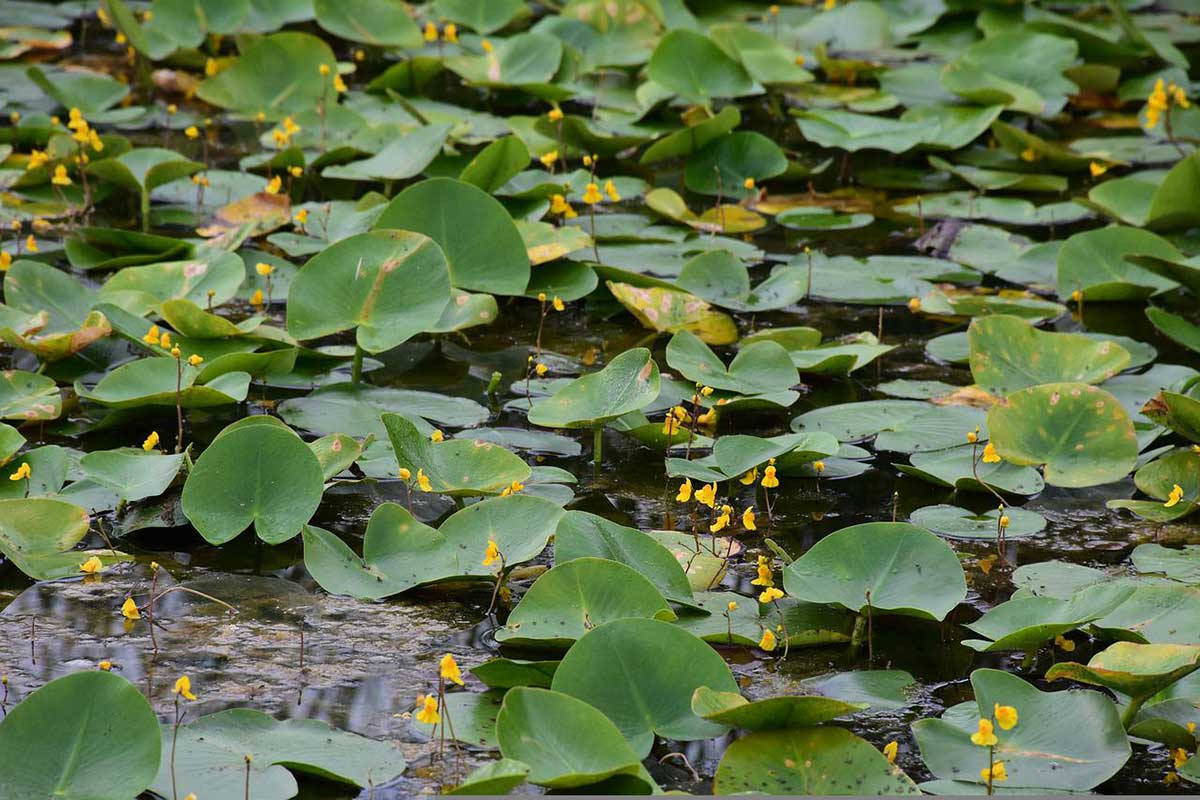
Scientific name: Utricularia macrorhiza
Easy to see
Not all carnivores are animals. Bladderworts are carnivorous plants found in Yellowstone’s ponds. If a potential meal travels too close to a bladderwort underwater, its tiny “trap” bladder can close in a hundredth of a second.
Prey is sucked into the bladder at 4 meters per second, making it the fastest known plant in the world. Once captured, its prey is dissolved by digestive secretions and the bladderwort is able to gain precious nutrients.
Bladderworts eat faster than you think, and their trap can then reopen as quickly as 15 minutes. Bladderworts diets mostly consist of protozoa, water fleas, and mosquito larvae. Above water, the bladderwort can easily be identified in Yellowstone by its bright yellow two-lipped petals. It looks similar to a snapdragon.
5. Wolverine
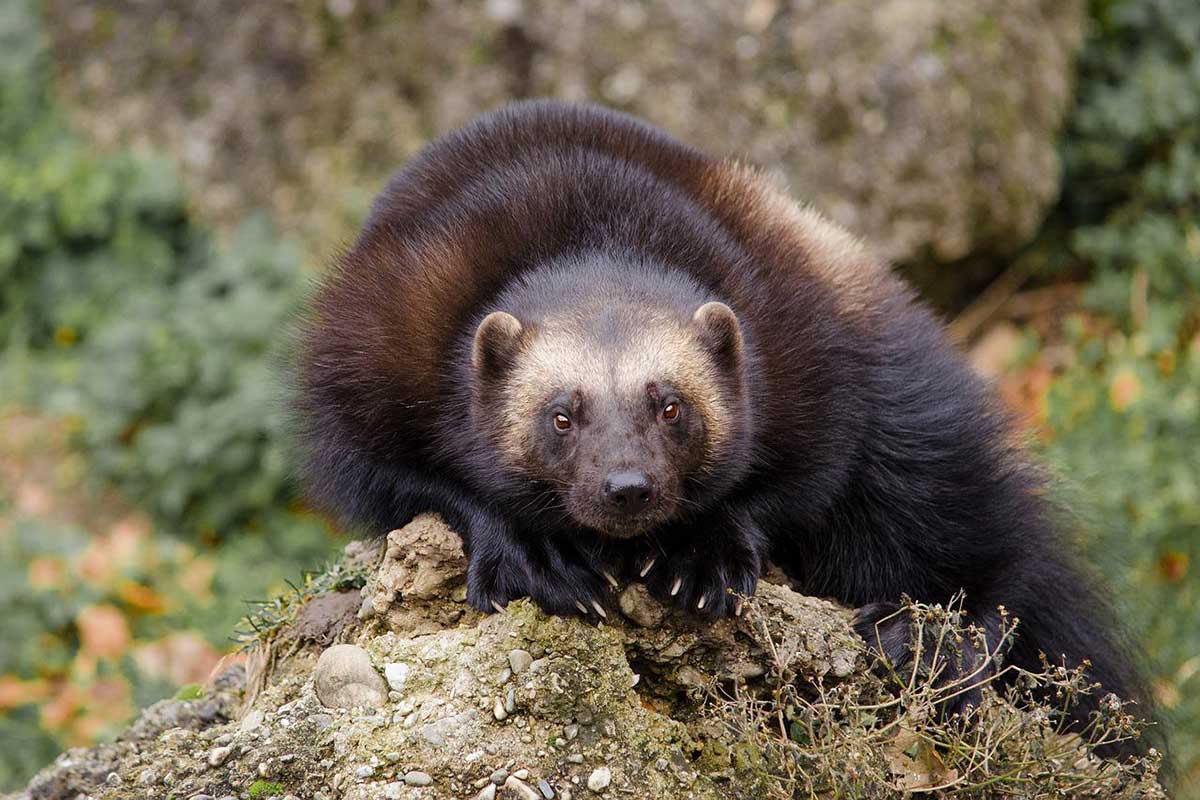
Scientific name: Gulo gulo
Extremely unlikely to see
While you might think that the wolverine is related to dogs or bears, it is actually the largest, and possibly scariest, member of the weasel family. Wolverines are solitary animals and there is believed to only be about 7 in Yellowstone and the surrounding national forests.
Populations have rebounded since the 1930s when commercial trapping ended and conservation efforts began. However, with such small populations, wolverines are still at a large risk.
While wolverines have very poor eyesight and hearing, they do have an excellent sense of smell. They can travel over 15 miles a day in search of food. Male wolverines are extremely territorial and have scent glands to produce a strong odor they use for marking territory or finding a mate.
Female wolverines need at least 5 feet of snow or similar cover to make their birthing den. This protects the new cubs from the cold and predators after they are born. Look in the trees for wolverines as they are excellent climbers due to their large claws.
